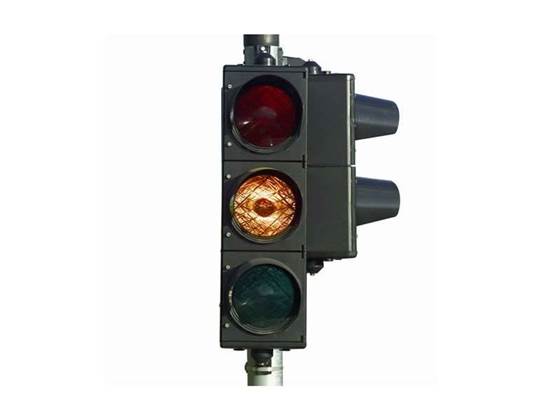Telstra is planning to separate "high volume" and regular users on its ADSL network under continued efforts to confront the causes of network congestion.

The latest strategy, outlined in submissions to a wholesale ADSL price inquiry, reveal Telstra is developing a "sophisticated network reporting mechanism to identify high volume users on congested DSLAMs".
Once identified, Telstra plans to shift those customers onto "co-located DSLAMs with spare capacity and with better ability to handle the higher volumes".
"This not only improves the service for the affected user but also relieves all of the services remaining on the donor DSLAM," Telstra said (pdf).
A Telstra spokesperson told iTnews that the system would help balance infrastructure usage in exchanges that already have multiple DSLAMs.
"The application of this internal Telstra system does not imply more investment in co-located DSLAMs beyond our existing program of investment in our network," the spokesperson said.
The carrier is examining several other strategies to combat network congestion, including a trial of deep packet inspection technology in Victoria it hopes will enable throttling of peer-to-peer traffic.
It is also considering the introduction of a user-pays system for quality-of-service — effectively a way to divide its ADSL offerings into different internet speed tiers.
More contentiously, Telstra wants network congestion to be priced into the wholesale ADSL charges payable by internet service providers that resell the carrier's services.
That proposal was condemned by ISPs when it was raised late last year, but it appears a regulatory veto of the proposal won't stop Telstra from pursuing it further.
The Australian Competition and Consumer Commission (ACCC) effectively neutered congestion pricing in a draft wholesale ADSL access determination made last month.
It said the proposal did not target the cause of congestion, and Telstra's retail prices encouraged, rather than discouraged, large volume data consumption.
Telstra argued its retail prices went some way to help mitigate against congestion. It said wholesale prices should be brought into line to ensure both retail and wholesale prices managed congestion to the same extent.
It also used a Frontier Economics paper to argue the case that its own behaviours were not designed to encourage network congestion.





_(20).jpg&h=140&w=231&c=1&s=0)



_(26).jpg&w=100&c=1&s=0)

 iTnews Executive Retreat - Security Leaders Edition
iTnews Executive Retreat - Security Leaders Edition












_(1).jpg&h=140&w=231&c=1&s=0)



